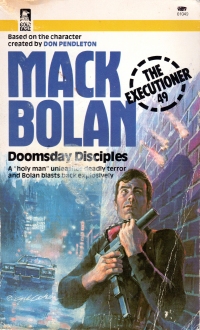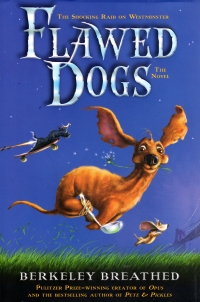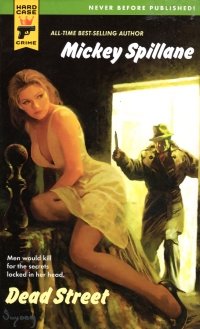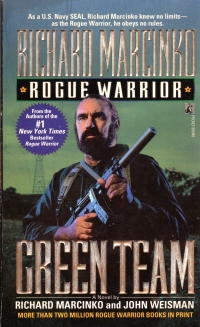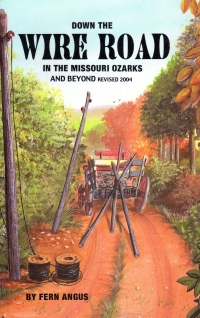 I bought this book at the Wilson’s Creek National Battlefield shop a couple years back. I generally go to the Battlefield, just a mile away, twice a year. Once to renew my annual pass, and then once more for some reason or another, generally on a day where you don’t need a pass. Since I’m in the gift shop anyway, I look to pick up a bit of a history book to read. So I did with this book.
I bought this book at the Wilson’s Creek National Battlefield shop a couple years back. I generally go to the Battlefield, just a mile away, twice a year. Once to renew my annual pass, and then once more for some reason or another, generally on a day where you don’t need a pass. Since I’m in the gift shop anyway, I look to pick up a bit of a history book to read. So I did with this book.
Since I bought it at the Wilsons Creek National Battlefield, I’d expected more of a real history book rather than something assembled by a local historical society. Although this book is not from a local historical society, it’s more of that flavor than the former, so I was a bit disappointed.
The book starts off with chapters about the stage coach / postal line that ran down this way, the creation of the telegraph line from Jefferson Barracks to Arkansas, an the Trail of Tears which followed the same route. The chapter about the Trail of Tears gives a bit of a summary and then reprints excerpts from the journals of “conductors”–guides for the marches. After that, we devolve into collections of pictures and descriptions of cemetaries, some family histories recounted by family members, Ozark stories, sayings, and “Do You Remember?” things.
So I was a little disappointed, more because I expected a more scholarly treatment and more discussion of the Wire Road. Mostly because I have lived at both ends of it: In the St. Louis area, I lived in Lemay just a couple blocks from Telegraph Road and now at Nogglestead which sits either directly on the route or a couple hundred feet from it (depending upon whether it ran along the old train route that is my neighbor’s driveway (but which I own half of) or in his pasture.
At any rate, I flagged two bits in the book:
Manley was a small man in stature; he liked to read Cappers Weekly and his Bible. He belonged to the Marionville IOOF Lodge, Chapter 210.
I know what the IOOF is because I read Lileks.
From the “Do You Remember When?” section:
Telephone lines were maintained by the parties using the line? It was a common practice for anyone to listen in on the conversation if they wished to do so. News of anything unusual, as a fire or emergency of any kind, was spread rapidly by the user of the telephone.
As I’m fond of reminding you, gentle reader, I lived down an old gravel road in a valley back in the first Bush administration, and the phone was a party line until the cable company and the phone company shared the cost of running the lines out to our house and beyond. In 1988 or 1989.
Also from the “Do You Remember When?” section:
You canned vegetables, fruits, jams, jellies, pickles, and everything you could get your hands on? Sometimes these were not used during the summer months but were put aside for winter.
I’m fond of telling the story where, when we lived in the projects, we were friends with the girl across the street who lived in the farm house whose surrounding fields became our neighborhood some decades before. Her yard had several large pear and peach trees, and one year my mother got bitten by the canning bug, so we staged commando raids on her yard to purloin some of her fruit. I hope her family wasn’t planning to use it. My mother laid up those pears and peaches and crab apple butter and sauce made from the crab apple trees in the common back yard of our apartments, and we ate them for years. I guess it was only five, but we still had shelves full of that preserved fruit when we moved to the aforementioned house down the dusty gravel road. So we moved those jars from Milwaukee to our aunt’s suburban home in St. Charles to the trailer in Murphy and then to House Springs.
You know, perhaps I shouldn’t be so disappointed with the book after all. It did remind me of some stories from my relatively recent youth.
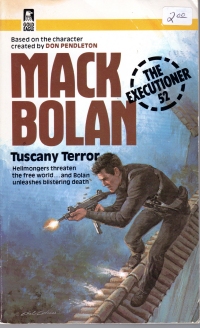 This book is another post-Pendleton Mack Bolan volume. In it, Bolan has to go to Italy to rescue the wife and child of an Army officer from a terrorist group holding the hostages to get the officer to falsely confess to involvement with the Mafia.
This book is another post-Pendleton Mack Bolan volume. In it, Bolan has to go to Italy to rescue the wife and child of an Army officer from a terrorist group holding the hostages to get the officer to falsely confess to involvement with the Mafia.


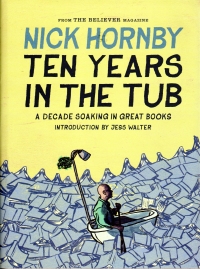
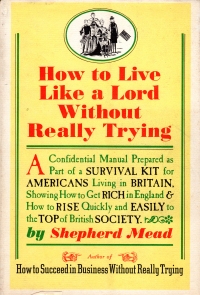
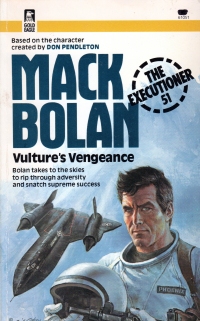
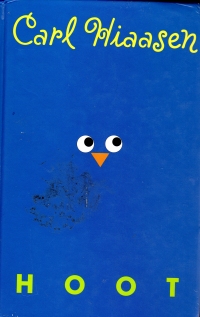

 This book is one of the many I
This book is one of the many I 